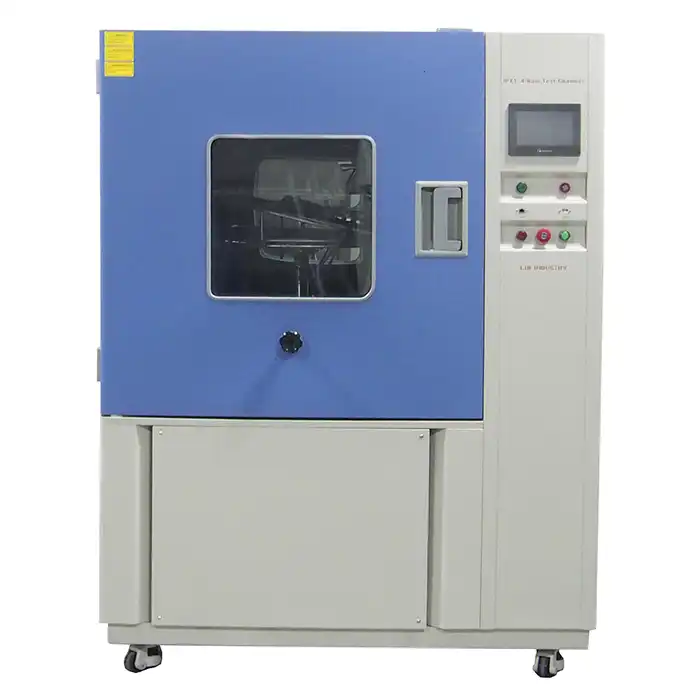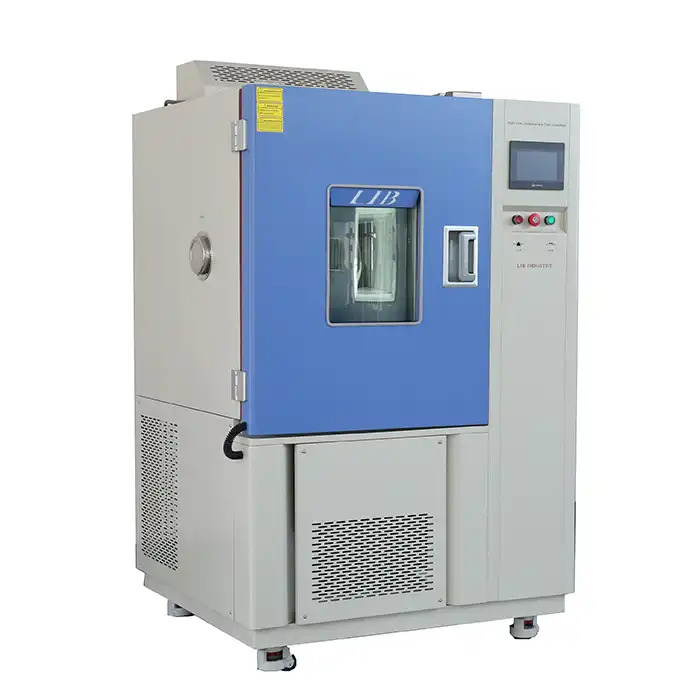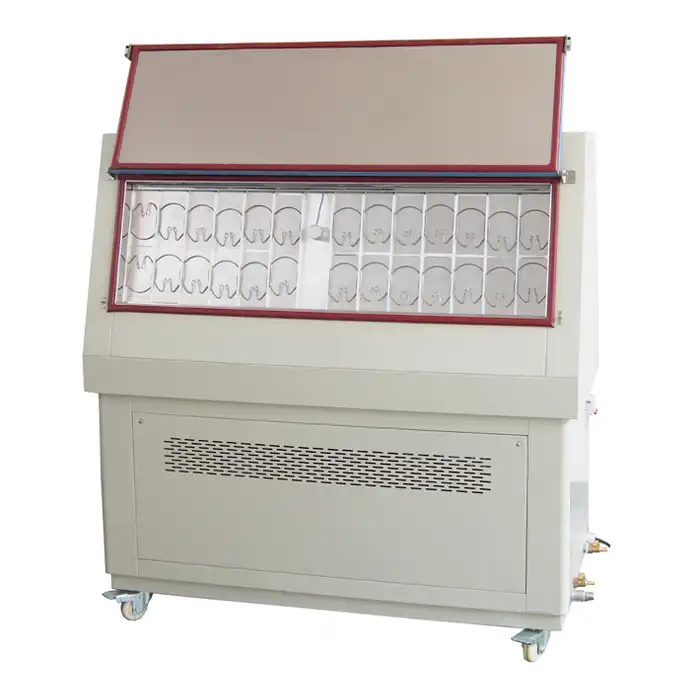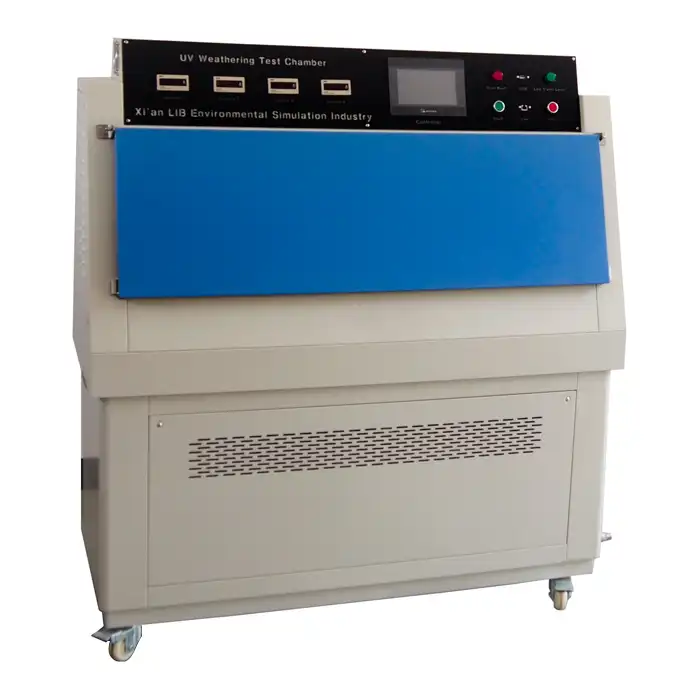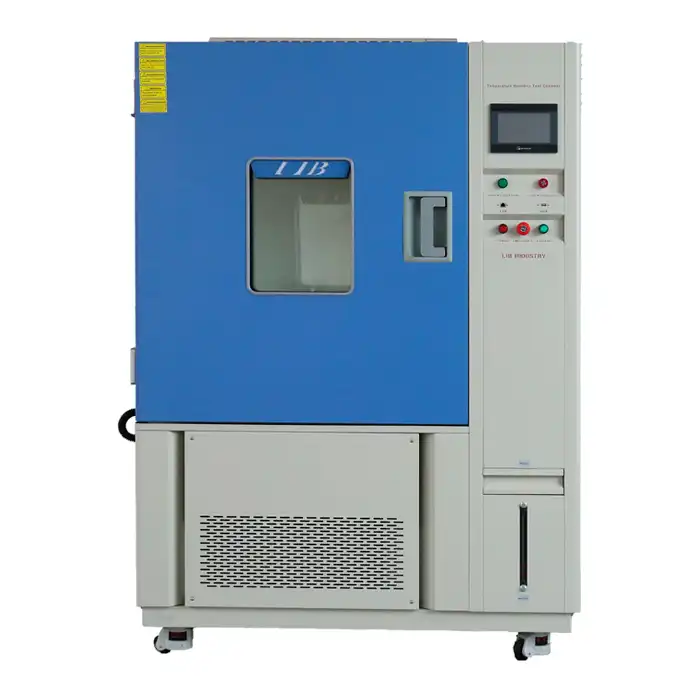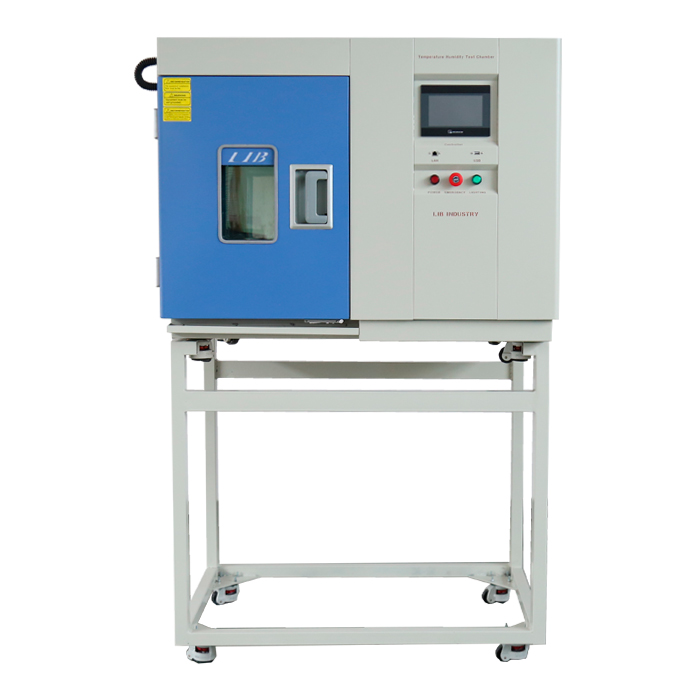What are the parameters of a shelf life test?
Shelf life testing is a vital aspect of product development, particularly for industries dealing with perishable goods. Manufacturers must ensure their products remain safe, effective, and appealing over time. This process involves evaluating the longevity and quality of a product under specific environmental conditions. The equipment used for such tests, particularly shelf life test chambers, plays a crucial role in simulating these conditions. In this blog, we will delve into the critical parameters involved in a shelf life test and how a shelf life test chamber facilitates precise and reliable evaluations.

♦What is a Shelf Life Test?
A shelf life test measures how long a product remains usable under normal storage conditions. This process is essential in industries like food, pharmaceuticals, and cosmetics, where product safety and efficacy can diminish over time. The test evaluates the product’s resistance to spoilage, degradation, and other potential failures during its lifecycle. The key factors influencing shelf life:
- Product Composition: The ingredients or materials in a product greatly influence its shelf life. Natural products tend to degrade faster than synthetic ones.
- Packaging: Proper packaging can extend a product’s shelf life by protecting it from external factors like moisture, air, and light.
- Storage Conditions: Temperature, humidity, and light exposure are crucial to maintaining product quality. Minor variations can significantly impact product stability.
♦How Does Temperature Impact Shelf Life?
Temperature is one of the most critical factors in shelf life testing, and its effect varies by product type. The role of a shelf life test chamber is to simulate controlled temperature environments to evaluate product performance over time.
High Temperatures and Product Degradation
Many products, particularly food and pharmaceuticals, degrade more rapidly at higher temperatures. Increased molecular activity speeds up chemical reactions, leading to faster spoilage or reduced efficacy.
Low Temperatures and Stability
Lower temperatures can slow degradation, but may also affect the texture and consistency of certain products. For example, freezing might cause separation in emulsified products like creams or sauces.
Temperature Cycling
Some products experience temperature fluctuations during storage or transportation. A shelf life test chamber can simulate these cycles to determine how well a product handles temperature variation without losing quality.
Importance of Precise Control
Shelf life test chambers allow manufacturers to precisely control and adjust temperature ranges. This accuracy helps provide reliable data on how the product reacts under specific conditions.
♦Why is Humidity a Key Parameter in Shelf Life Testing?
Humidity plays a significant role in the shelf life of products, particularly those susceptible to moisture damage. Controlling humidity levels is critical to understanding how long a product will last without spoilage.
Effects of High Humidity
High humidity can accelerate microbial growth, leading to spoilage in perishable goods such as food and cosmetics. Mold, mildew, and bacteria thrive in moist conditions, degrading the quality of the product.
Low Humidity and Its Impact
Low humidity, on the other hand, can cause products like powders or tablets to dry out and crumble. It can also affect the stability of certain packaging materials, leading to cracking or brittleness.
Humidity Control in Test Chambers
A shelf life test chamber can simulate varying humidity levels, allowing manufacturers to observe how the product fares in both humid and arid environments. This enables precise data collection for packaging design and storage recommendations.
♦How Does Light Exposure Affect Product Shelf Life?
Light, particularly UV exposure, can have a dramatic effect on the stability and safety of certain products. Many shelf life test chambers incorporate light simulation to evaluate how a product reacts to prolonged exposure.
UV Light and Degradation
UV light can cause photodegradation in products like pharmaceuticals and cosmetics. It can break down active ingredients, rendering the product ineffective or even harmful over time.
Oxidation in Food Products
Light exposure can also trigger oxidation in food products, leading to rancidity, loss of flavor, and nutritional value. Packaging that shields food from light can significantly extend its shelf life.
Simulating Light Conditions
In a shelf life test chamber, manufacturers can simulate different types of light exposure, from UV to artificial lighting, providing comprehensive insights into how a product behaves under normal retail conditions.
♦How Do Shelf Life Test Chambers Optimize Testing?
Shelf life test chambers are specialized devices designed to replicate environmental conditions that a product might encounter during storage and transportation. These chambers provide manufacturers with controlled settings, allowing them to simulate real-world conditions and collect accurate data on product durability.
Precision and Control
The most significant advantage of using a shelf life test chamber is the precision it offers. Manufacturers can set exact parameters for temperature, humidity, and light, ensuring that tests are accurate and reliable.
Customization Options
Many chambers offer customizable settings, allowing manufacturers to test products under a wide range of conditions. This versatility is essential when evaluating products that may face diverse storage environments, such as food or pharmaceutical items.
Data Collection and Analysis
Advanced test chambers come equipped with data collection tools that allow for real-time monitoring and analysis. This information helps manufacturers make informed decisions about packaging, storage recommendations, and product improvements.
♦Conclusion
In conclusion, shelf life testing is a critical component for ensuring product quality and safety over time. A shelf life test chamber provides manufacturers with the ability to precisely control environmental factors like temperature, humidity, and light exposure, ensuring that their products can withstand real-world conditions. By investing in these tests and utilizing advanced testing chambers, companies can avoid costly recalls, improve product design, and provide consumers with high-quality, safe products.
For more information about our shelf life test chamber and how it can benefit your testing process, please feel free to contact us at info@libtestchamber.com.
References
1. Understanding Product Stability Through Shelf Life Testing.
2. The Role of Temperature in Shelf Life Determination.
3. Humidity's Impact on Product Longevity and Stability.
4. Photodegradation and the Role of UV Light in Product Shelf Life.
5. Shelf Life Testing in the Food and Beverage Industry.
6. Advances in Shelf Life Test Chambers for Accurate Environmental Simulation.



.jpg)

